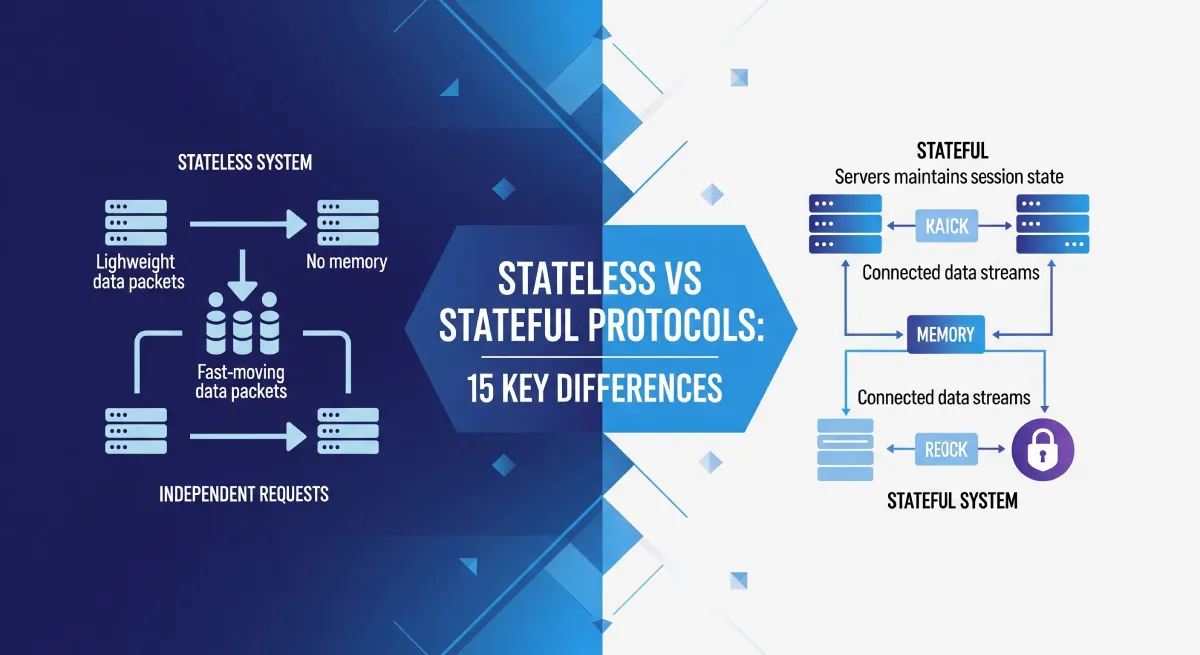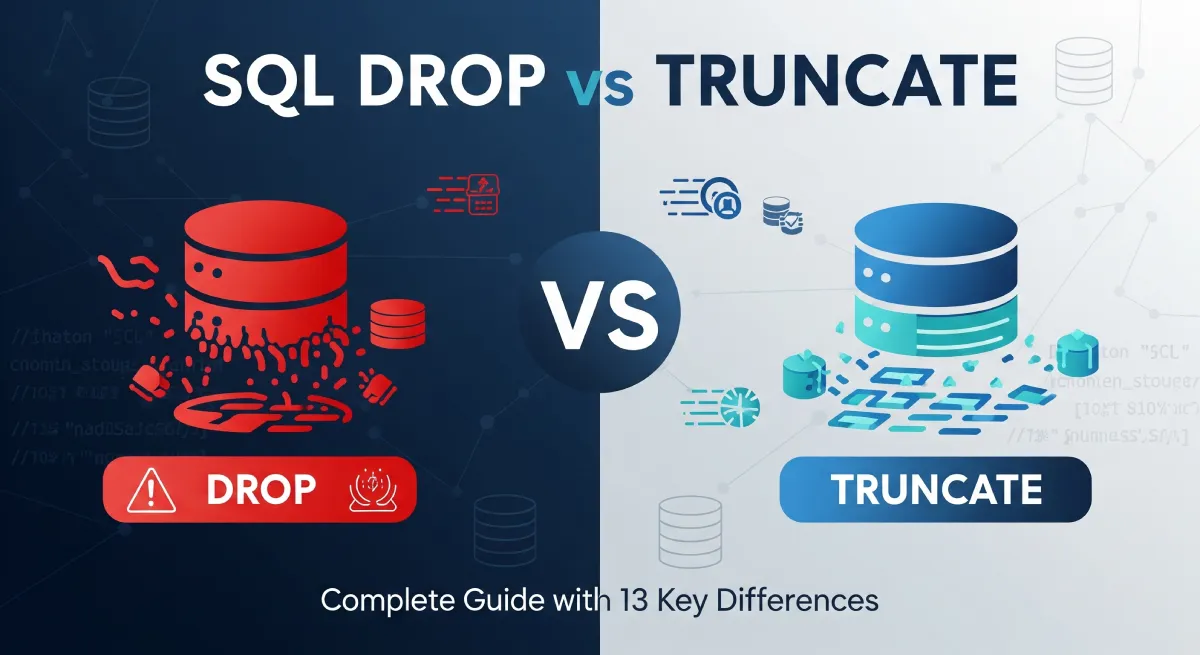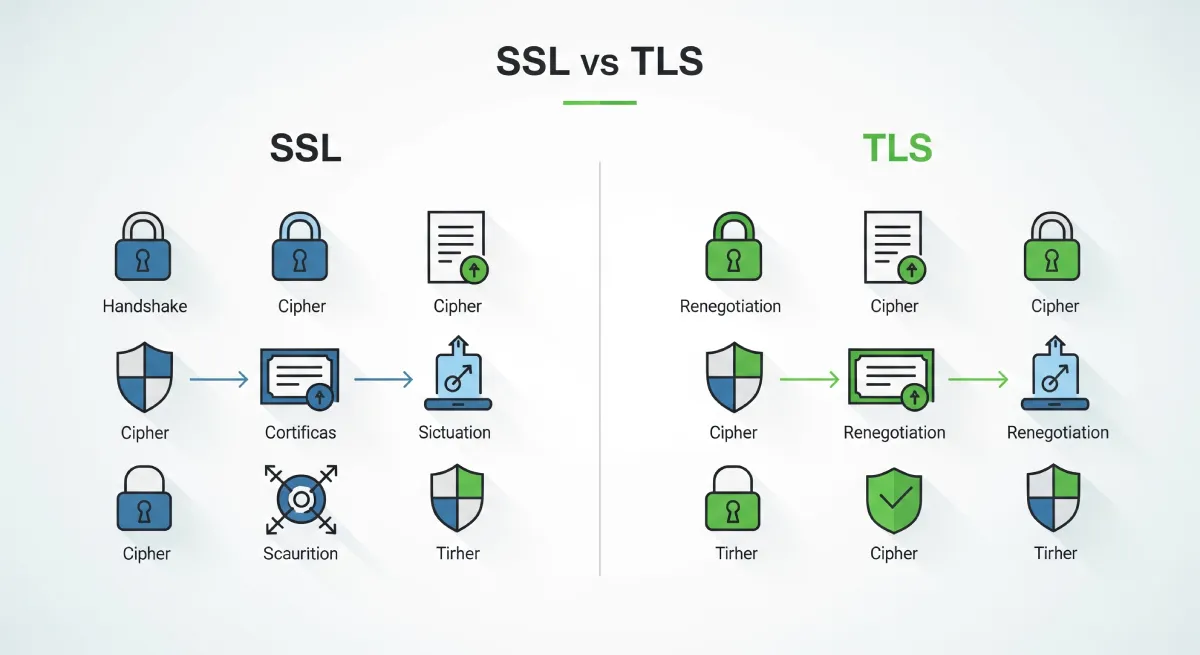Introduction
In the rapidly evolving landscape of technology, two terms have garnered significant attention: Artificial Intelligence (AI) vs Machine Learning (ML). These cutting-edge technologies are transforming industries and reshaping our understanding of intelligent systems. In this article, we delve deep into the world of AI and Machine Learning, unraveling their nuances, applications, and the future they hold. Join us on this enlightening journey as we decode the path toward intelligent systems.
Understanding AI and Machine Learning
Artificial Intelligence (AI): Empowering Machines with Intelligence
Artificial Intelligence refers to the development of computer systems capable of performing tasks that would typically require human intelligence. It involves simulating human-like thinking processes, problem-solving abilities, and decision-making capabilities. AI encompasses a broad range of techniques, including machine learning, natural language processing, computer vision, and expert systems.
Machine Learning: Learning from Data
Machine Learning, on the other hand, is a subset of AI that focuses on algorithms and statistical models that enable computers to learn and improve from data without explicit programming. It empowers machines to automatically analyze vast amounts of data, identify patterns, and make accurate predictions or decisions. Machine Learning algorithms can be categorized into supervised, unsupervised, and reinforcement learning, each serving distinct purposes.
Applications of AI and Machine Learning
The realm of AI and Machine Learning encompasses a myriad of applications across various industries. Let’s explore some of the significant domains where these technologies are making a substantial impact:
1. Healthcare
AI and Machine Learning are revolutionizing healthcare by enabling early disease detection, personalized treatments, and advanced medical imaging analysis. These technologies help doctors make informed decisions, improve patient outcomes, and streamline administrative processes, ultimately enhancing the quality of healthcare services.
2. Finance
In the finance industry, AI and Machine Learning are used for fraud detection, risk assessment, algorithmic trading, and customer service automation. These technologies can analyze vast financial datasets, identify patterns, and make data-driven predictions, contributing to more accurate financial decision-making and improved customer experiences.
3. Transportation
AI and Machine Learning play a crucial role in transforming transportation systems. Self-driving cars, traffic prediction models, intelligent route optimization, and smart transportation infrastructure management are some examples of how these technologies are shaping the future of transportation, enhancing efficiency, and improving safety.
4. Education
The education sector benefits from AI and Machine Learning through personalized learning experiences, intelligent tutoring systems, automated grading, and adaptive educational platforms. These technologies enable tailored education programs, real-time feedback, and customized learning paths, optimizing the learning process for students of all ages.
The Future of Intelligent Systems
AI and Machine Learning are poised to continue their rapid growth and shape the future of intelligent systems. As advancements in technology accelerate, we can expect the following trends to emerge:
1. Enhanced Automation
The integration of AI and Machine Learning will lead to increased automation across industries. Repetitive tasks, data analysis, and decision-making processes will be efficiently handled by intelligent machines, freeing up human resources to focus on complex problem-solving and creativity.
2. Ethical Considerations
As AI and Machine Learning become more prevalent, ethical considerations surrounding privacy, bias, transparency, and accountability will come to the forefront. Striking a balance between innovation and ethical implementation will be crucial in building trust and ensuring the responsible use of these technologies.
3. Augmented Intelligence
Rather than replacing humans, AI and Machine Learning will augment human intelligence. These technologies will assist in decision-making, provide valuable insights, and unlock new possibilities by harnessing the power of data and advanced algorithms, empowering humans to achieve greater efficiency and effectiveness.
Key Distinctions Between AI and Machine Learning
| AI | Machine Learning |
|---|---|
| Refers to the development of computer systems capable of performing tasks that would typically require human intelligence. | A subset of AI that focuses on algorithms and statistical models that enable computers to learn and improve from data without explicit programming. |
| Simulates human-like thinking processes, problem-solving abilities, and decision-making capabilities. | Empowers machines to automatically analyze vast amounts of data, identify patterns, and make accurate predictions or decisions. |
| Encompasses various techniques, including machine learning, natural language processing, computer vision, and expert systems. | Utilizes algorithms categorized into supervised, unsupervised, and reinforcement learning to learn from data. |
| AI systems have the ability to understand, reason, learn, and apply knowledge. | Machine Learning algorithms learn from data to identify patterns and make predictions without being explicitly programmed. |
| AI can be both rule-based and data-driven, allowing for a broader range of problem-solving approaches. | Machine Learning focuses primarily on data-driven approaches, learning patterns and making decisions based on available data. |
| AI systems can exhibit cognitive abilities such as natural language processing and understanding, problem-solving, and decision-making. | Machine Learning algorithms can analyze large datasets, extract insights, and make predictions or decisions based on patterns in the data. |
| AI aims to create machines that can perform tasks autonomously, imitating human intelligence. | Machine Learning focuses on the development of algorithms that can learn and improve from data to perform specific tasks. |
| AI has a broader scope and encompasses various subfields such as machine learning, expert systems, robotics, and natural language processing. | Machine Learning is a specific subfield of AI that focuses on the development of algorithms for learning from data. |
| AI involves both symbolic reasoning (using rules and logic) and statistical learning (drawing insights from data). | Machine Learning primarily relies on statistical learning, training models on data to make predictions or decisions. |
| AI systems aim to replicate human intelligence, including aspects like understanding, learning, adapting, and interacting. | Machine Learning algorithms focus on pattern recognition, making predictions, and automating tasks based on statistical analysis. |
Conclusion
In conclusion, Artificial Intelligence vs Machine Learning represent cutting-edge technology, revolutionizing industries and paving the way for intelligent systems. Understanding the distinctions and applications of these technologies is vital as we embrace a future where human potential intertwines with artificial intelligence. As AI and Machine Learning continue to evolve, it is crucial to stay informed, adapt to change, and harness the potential they offer for a better and smarter world.





great article. Thanks for sharing